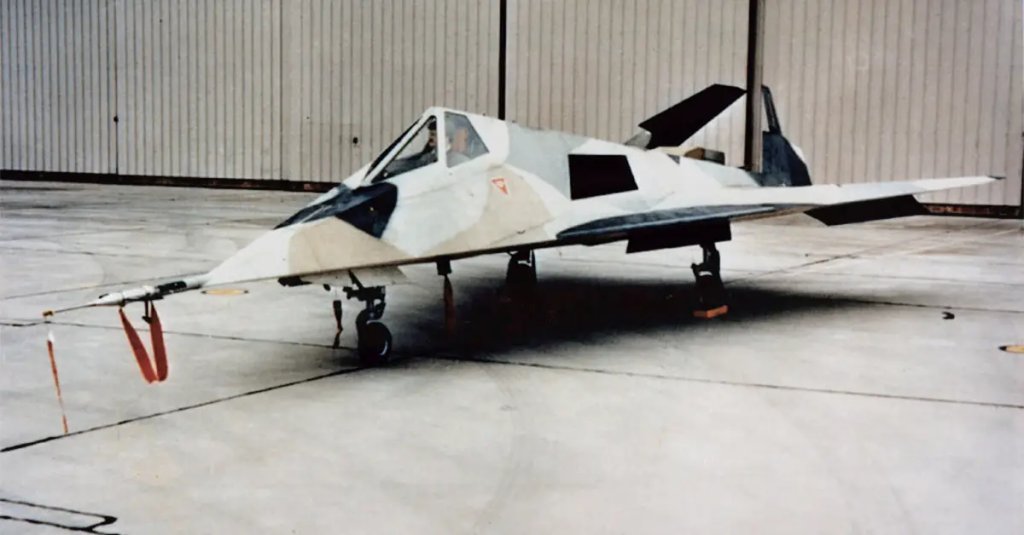Pyotr Ufimtsev didn’t know it, but his work would put him at the forefront of a new American industry: stealth technology and engineering.
Ufimtsev was a scientist associated with a number of prestigious universities and labs in Moscow. Listen to a few of the institutions he was at, and it becomes pretty clear what his primary interests were. He worked at the Central Research Radio Engineering Institute, the Institute of Fundamental Technical Problems, the Moscow Aviation Institute, the Institute of Radio Engineering and Electronics of Academy of Sciences, and more. Notice the combination there? Aviation, radio engineering, and technical problems? That’s because he was very interested in how radio waves reflected off of objects; how radar actually worked at the most detailed and precise levels.
Ufimtsev wrote a number of important papers as he studied exactly how radio waves bounced off of two-dimensional and three-dimensional objects. One of the most interesting things he found was that it wasn’t just the size of an object that determined how it appeared on radar; shape was actually more important.
And certain shapes were unlikely to reflect much energy back to the radar, meaning you could make a large object appear very small if you just gave it the right shape.

(U.S. Air Force)
Much of Ufimtsev’s work was quietly translated into English where a number of American scientists read it. A 1962 paper translated as Method of Edge Waves in the Physical Theory of Diffraction was of particular interest. Many U.S. scientists simply saw the paper and incorporated it into their own research, or they rebuffed it and went about their day. But there was one team of engineers who saw the paper and saw it as potentially groundbreaking.
Lockheed engineers working in the “Skunk Works” division, the same engineers who made America’s first jet fighter during World War II, saw the chance to create something entirely new and novel. What if they could create an entire plane with the shapes and materials that sent little energy back to a radar?
Such a plane could be large, like the size of a bomber or fighter, but would show up on radar as a little bit of electromagnetic noise. It would be invisible as long as no one knew to look for it, and it would still be challenging to detect even after its existence was disclosed.

Best of all, the growing number of homing missiles that American pilots would face would become essentially useless. Homing missiles needed a strong radar signal to get within range of an enemy target before switching to a seeker built into the missile. This process would almost certainly not work against a stealth aircraft, making the pilots much safer.
There were plenty of possible uses for such a plane, but Lockheed started by building a ground-attack plane, though they further camouflaged the program by labeling it a fighter, the F-117 Nighthawk dubbed the “Stealth Fighter.” The same lessons were later used in the B-2 bomber and are now present—in new forms—the F-22 and F-35. And some of Ufimtsev’s work will undoubtedly be recognizable in the B-21 Raider.
Other branches have gotten in on the stealth made possible by Ufimtsev, like the Navy with its Sea Shadow project that created stealthy boats.
Ufimtsev has gotten recognition from the Soviet Union, the Russian Federation, and even the U.S. for his work. He has been named to prestigious positions at universities like UCLA in California. He is 90 years old.


